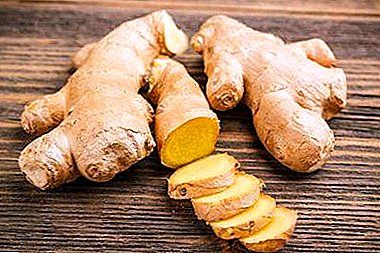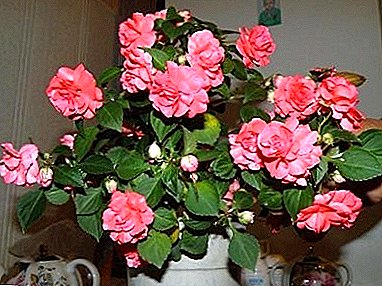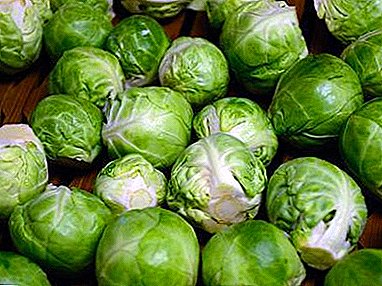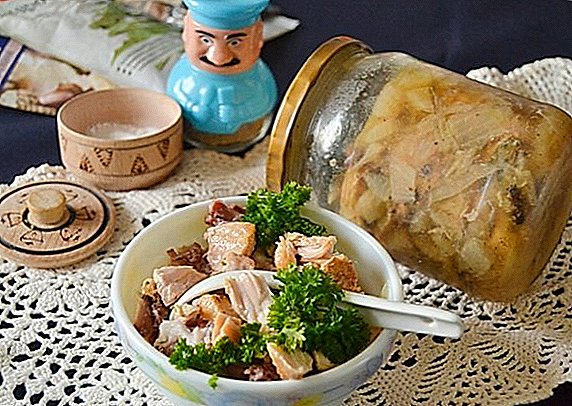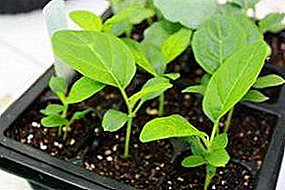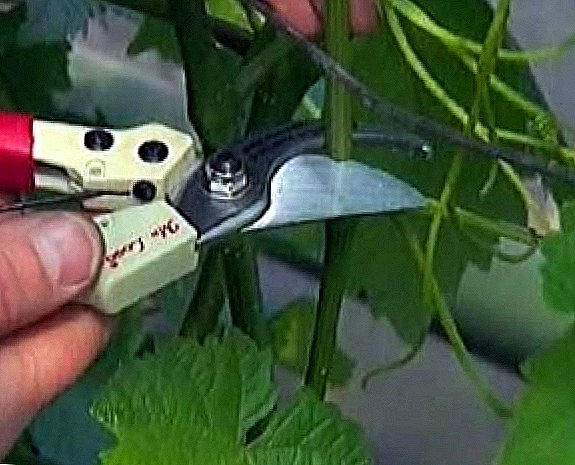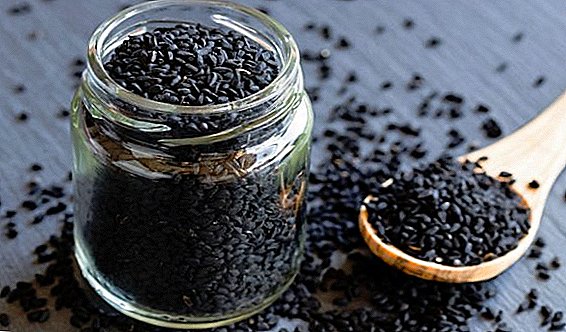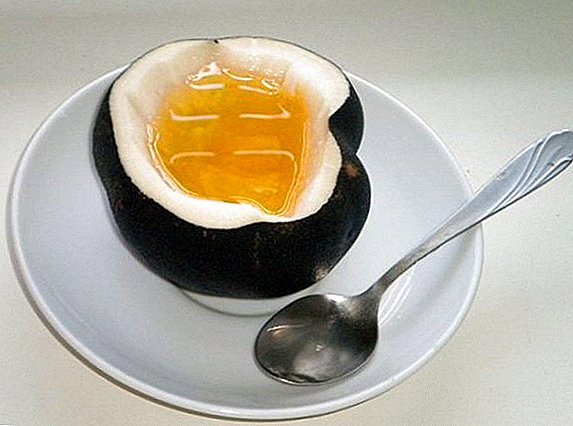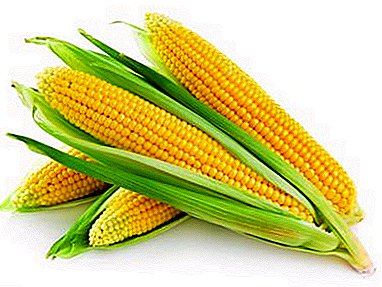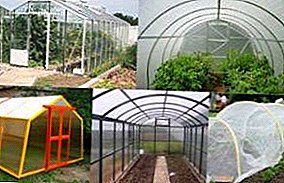
The need to build a greenhouse had to face almost every gardener.
An important role is played by the choice of material for the shelter; nowadays, polyethylene film, glass, polycarbonate, agrofibre are widely used for this, all of these options have their own advantages and disadvantages.
Modern materials allow you to grow heat-loving plants in any climatic conditions, regardless of the terrain and other factors.
Choice of covering material
So, let's try to find out what kind of covering material for the greenhouse exists on the modern market, the better to cover the greenhouse, which is preferred by experienced gardeners.
Film
Polyethylene film For many decades considered the most common material, it was used in the construction of greenhouses in the middle of the last century.

Thanks affordable price it can be changed annually, seedlings and plants remain protected from atmospheric phenomena, the material also ensures that the temperature is kept at the proper level. Think about how to cover the greenhouse cheap? Use familiar and widespread film.
Due to the presence of additional components in the composition of the film, it is possible to improve the properties of the material: light formation, heat retention, etc.
The greatest demand in this category is reinforced film with increased strength and long service life.
Benefits:
- availability;
- low cost.
Disadvantages:
- low strength;
- short service life (even high-quality film keeps one or two seasons);
- the creation of a membrane effect (prevents the penetration of air and moisture);
- condensate accumulation from the inside.
Glass
10-20 years ago glass greenhouses seemed like an inaccessible luxury, even today material is by no means affordable to everyone. However, glasshouses do their job well, plants are protected from fogs, dew and other weather conditions.
Benefits:
- high transparency;
- good thermal insulation properties (glass thickness 4 mm).
Disadvantages:
- high cost;
- large weight (the need for a reinforced frame);
- fragility - (glass periodically needs to be replaced);
- complexity of installation.
Cellular Polycarbonate
 Despite the fact that cellular polycarbonate is considered to be quite expensive, he has already managed to conquer a large segment of the market of covering materials.
Despite the fact that cellular polycarbonate is considered to be quite expensive, he has already managed to conquer a large segment of the market of covering materials.
Polycarbonate It is produced in the form of sheets, the length of which can reach 12 m, width - 2 m, thickness - 4-32 mm.
The advantages of the material include:
- excellent thermal insulation properties;
- light transmission - 84%;
- resistance to mechanical damage and stress;
- ease of installation;
- low weight
Disadvantages:
- property to deform when cooled and heated;
- decrease in light transmission with time;
- high price.
This material may not be affordable for beginner gardeners, but with long-term use, the option is quite economical. However, there is no definite answer to the question which greenhouse is better than glass or polycarbonate.
Spunbond
Spunbond was named according to its production method; it was created from thin polymer fibers by a nonwoven method. It is used relatively recently, but has already gained popularity due to the unique technical characteristics. 
Benefits
- creating an optimal light regime for the development of crops, the plants receive enough light and at the same time are protected from burns;
- air and water permeability, which allows you to maintain an optimal level of humidity;
- the possibility of irrigation over covering material;
- ease - when wetted, it perfectly passes moisture, does not harm plants;
- protection against birds and insects;
- resistance to temperature changes;
- possibility of application for several seasons;
- resistance to rupture in dry and wet conditions;
- resistance to chemicals (alkalis, acids);
- low water absorption.
Disadvantages:
- the need to cover the top with plastic during rain.
Agrofibre
In the manufacture of agrofibre polymers are used, there are two main types of material: black and white. It's hard to say which agrofiber is better. In the construction of greenhouses, white material is used, while mulching the soil and warming seedlings - black.
Benefits:
- light and moisture permeability;
- elimination of the probability of temperature differences;
- creation of a unique microclimate in the greenhouse;
- easy cleaning;
- long enough service life (6 seasons).
A photo
The photo below shows various covering materials for greenhouses.





In what cases which material is better
With sufficient budget it is recommended to use glass or polycarbonate. Agrofibre and spunbond provide perfect microclimate in a greenhouse, it is recommended to use gardeners who rarely appear in the garden area.
In any case, the plants should receive everything necessary for a good harvest and stable growth.
 An important role is also played by the appointment of a greenhouse, if the design is intended for short-term use (to protect seedlings before subsequent planting), a film will do.
An important role is also played by the appointment of a greenhouse, if the design is intended for short-term use (to protect seedlings before subsequent planting), a film will do.
During the construction of the greenhouse, which is planned to be used in the standard mode, it is recommended to stay on the honeycomb polycarbonate.
Also important are the dimensions of the greenhouse, the design of small sizes can be covered with a film annually, while building dimensional structures it is better to use polycarbonate and glass.
When constructing a greenhouse, it is also important to consider that it is not recommended to grow the same crop in the same place every year, so you will have to either transfer the greenhouse to another place or change plants in places.
For the first time, novice gardeners should not build large greenhouses, the best option for such a case is considered a sectional construction with the possibility of joining sections in the future.
Conclusion
Gardeners who do not want to spend time each year replacing covering material should consider other options.
The greatest demand in recent times cellular polycarbonate, the most modern covering material for greenhouses - spunbond and agrofibre. In question, the better to cover the greenhouse
an important role is also played by the purpose and dimensions, design features, etc.


